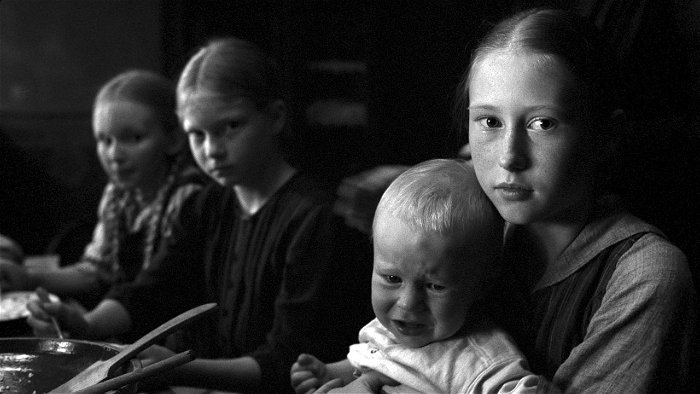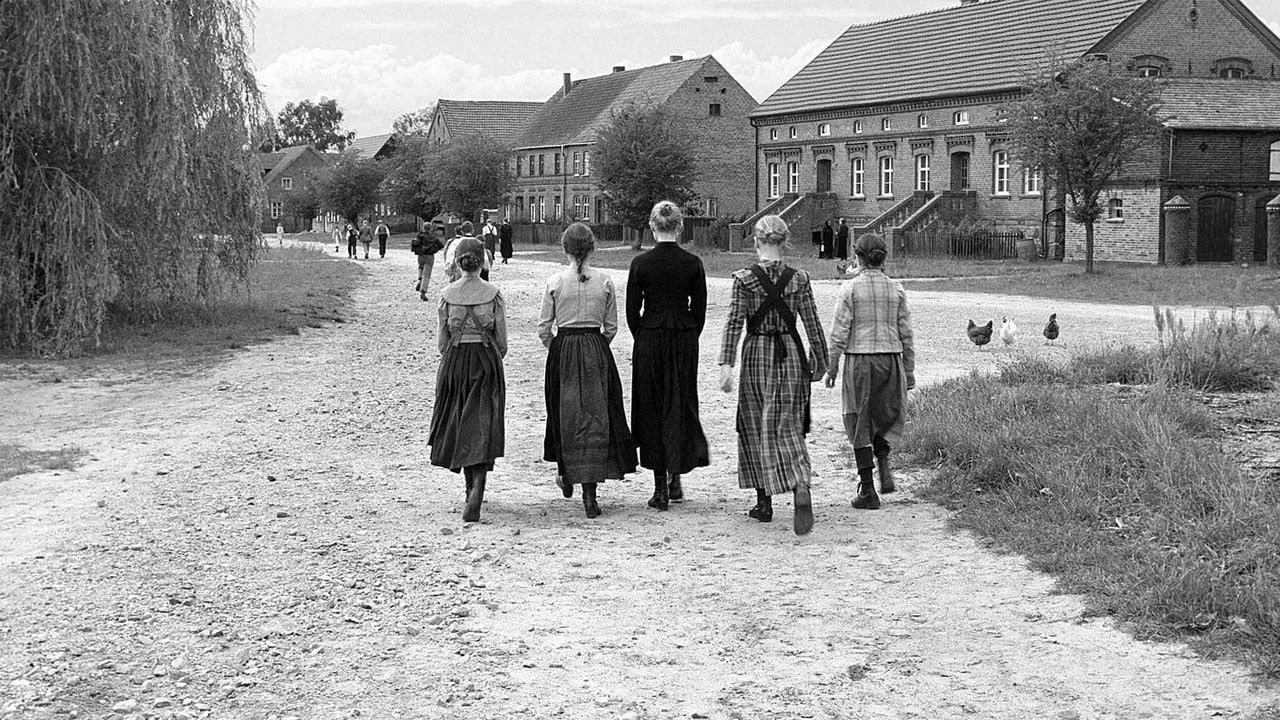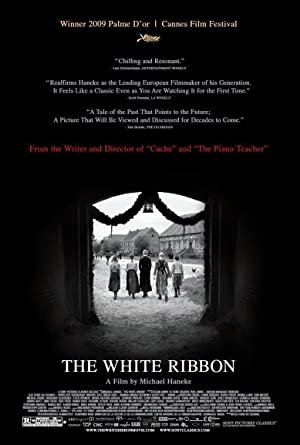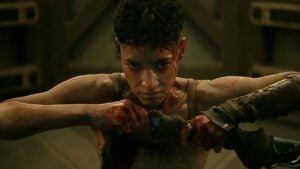There’s a mystery afoot in Michael Haneke’s stark and downbeat new thriller. The White Ribbon has already collected a mantel’s-worth of awards, beginning with the Palm d’Or at the 2009 Cannes Film Festival, and more recently, a Golden Globe for Best Foreign Language Film. In early February, The White Ribbon was nominated for two Oscars – Best Cinematography and Best Foreign Language Film – where it is the odds-on favourite to win the latter.
The film’s story revolves around a series of mysterious accidents and attacks occurring in a small German village in the year preceding World War I. It’s the kind of village in which there is only one of anything, and people are only referred to by their profession: The Doctor, the Pastor, and the School Teacher.

The attacks begin in what first seems like a horrible prank, where someone has strung wire across two trees and tripped The Doctor’s horse. Soon the incidents grow more insidious and deliberately violent: a child is kidnapped and beaten; a barn is set on fire; and a boy with Down’s syndrome is tortured. As The School Teacher (Christian Friedel) narrates the film, it becomes apparent that the nameless children of the village are perhaps involved in the acts.
But beware, as The White Ribbon is full of surprises and loose ends are maddeningly bountiful.
As the narrative unfolds, it is clear that The White Ribbon is more than a simple whodunit performed by the Children of the Corn community theatre. Haneke subverts expectations by continually shifting emphasis away from the series of disturbing attacks. For example, the narrator chooses to devote long stretches of the plot to his courtship of a local girl, which has little to do with the rash of violent crimes. In fact, Haneke’s film doesn’t seem at all concerned with solving said mystery. Instead, the audience is given a few clues and indications of who might be responsible, but none of which build toward any concrete conclusion. It is almost as if the whodunit answers are secondary to the audience’s critical analysis.
Haneke’s films have never been about clear motivations, tidy conclusions, and plot twist revelations. From The Piano Teacher to Funny Games and Cache, he’s never once just handed audiences any gift-wrapped solutions. We’re meant to deconstruct and discuss his films before reaching anything so superficial as a conclusion.

The White Ribbon is an effective mood piece. It was shot in colour and stripped to black and white, which has resulted in a bleak image, perfectly matching the austere mood of the film and its characters. But, while admirable filmmaking, this permeating starkness keeps the characters and story at arm’s length at all times. The White Ribbon never drew me in the way great films do. Unfortunately, in the end, it’s just a well-made exercise in mood and tone.






